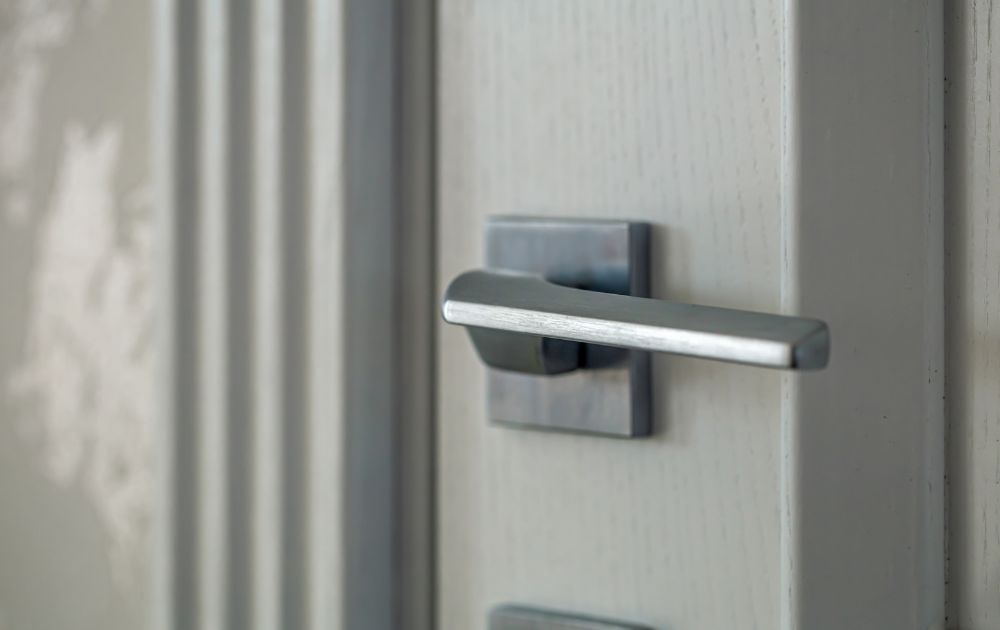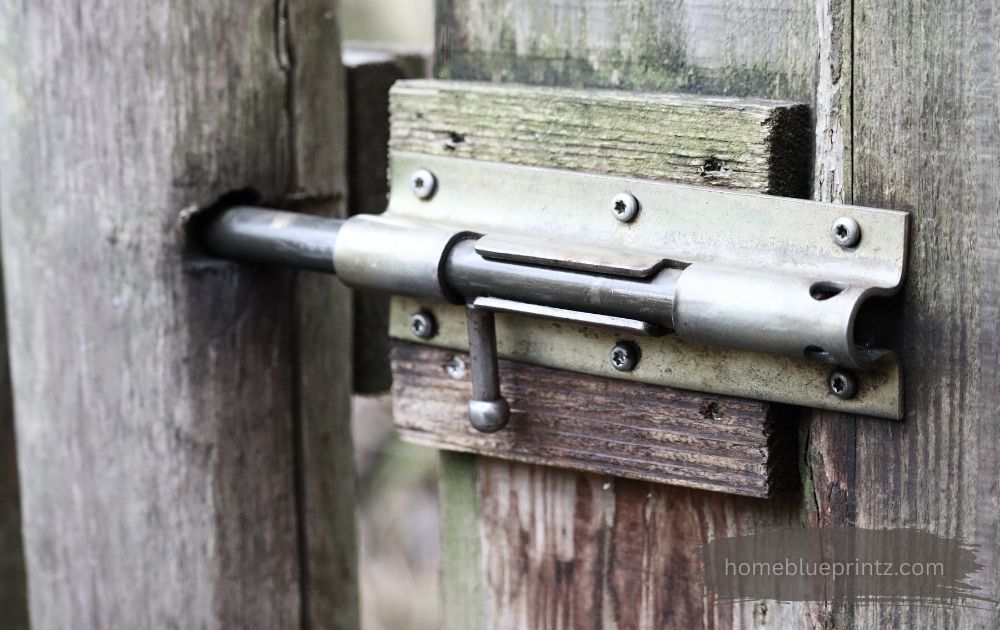Have you ever reached for a door handle and felt it was either too high or too low? Something as simple as the height of a door handle can impact daily comfort, accessibility, and even safety. Whether you’re building a new home, renovating, or just curious, understanding the standard and typical door handle height is essential.
Why Door Handle Height Matters
The position of a door handle isn’t random, it’s carefully considered for practicality and usability.
Accessibility
Door handle height directly affects accessibility for everyone, including children, elderly people, and individuals with disabilities. A poorly placed handle can make entry difficult.
Comfort
If a handle feels natural to reach, it enhances comfort. A handle placed too high or too low can cause inconvenience and discomfort over time.
Safety
Improper handle placement may lead to accidents, especially in homes with kids or elderly individuals. A standard height helps maintain safety and consistency.
What Is the Standard Door Handle Height?
General Standards
The standard door handle height in most countries is 34 to 48 inches (86 to 122 cm) from the floor, with 36 inches (91 cm) being the most common.
Regional Differences
-
In the U.S., 34–48 inches is acceptable under ADA (Americans with Disabilities Act).
-
In the U.K., 34–42 inches is common.
-
Many European countries follow similar guidelines to the U.K.
Typical Door Handle Height in Homes
In most residential settings, the typical height of a door handle is about 36 inches (91 cm) from the floor. This measurement feels natural for everyday use, making it convenient for adults and older children to reach comfortably.
For consistency, builders usually keep the same handle height throughout the house—whether it’s bedroom doors, bathroom doors, or closet doors. This not only creates a uniform look but also ensures that everyone in the household can open doors without strain or awkward adjustments.
In apartment complexes and modern housing projects, building codes often guide the placement, keeping handles within the 34 to 38 inches (86–96 cm) range. This balance allows easy access for most people while still meeting accessibility standards.
Door Handle Height in Commercial Buildings
Offices: Office doors are often set at 36 inches for ergonomic comfort across different users.
Retail Stores: Retail spaces may use slightly lower handles (around 34 inches) to improve accessibility.
Public Buildings: Public spaces often strictly follow accessibility laws, ensuring all handles are within ADA-compliant ranges.
Height of a Door Handle for Different Users
Adults: A height of 36 inches works perfectly for most adults.
Children: For child-friendly spaces, lower handles (28–32 inches) may be used.
Elderly: Handles should not be too high, usually kept around 34–36 inches for ease of use.
People with Disabilities: ADA requires handles to be within 34–48 inches, ensuring accessibility for wheelchair users.
International Standards for Door Handle Height
United States
34–48 inches from the floor, ADA-compliant.
United Kingdom
34–42 inches, depending on building regulations.
Europe
Similar to the U.K., with an average of 36 inches.
Asia
Varies widely, but modern buildings often follow international standards.
Factors That Influence Door Handle Height
Several factors can influence the height of a door handle, including the type of door, its intended use, and local building codes. For example, heavy exterior doors may require slightly higher placement for better leverage, while interior doors usually follow a standard height for consistency. Accessibility standards also play a key role, ensuring the handle is comfortable for all users, including children, the elderly, and people with disabilities.
Height Considerations for Interior Doors
When it comes to interior doors, keeping the handle height consistent is key for comfort and usability. Most interior doors, such as bedrooms, bathrooms, and closets, typically have handles positioned around 36 inches from the floor. This standard height ensures that the handles are easy to reach for most people while maintaining a uniform look throughout the home. Consistency also helps avoid confusion and creates a smooth flow between rooms.
Height Considerations for Exterior Doors
Exterior doors often require slightly higher placement of handles compared to interior doors. This is because exterior doors are usually heavier and need better leverage for smooth operation. A handle height of around 36 to 38 inches ensures both comfort and security while maintaining consistency with standard building practices.
Special Cases
Sliding Doors: Handles are often placed at comfortable hand level, usually 36 inches.
French Doors: Handles align with standard door handle height for symmetry.
Glass Doors: Placement may vary, but typically within the standard range.
DIY Guide: Measuring and Installing a Door Handle
Tools Needed
-
Measuring tape
-
Drill
-
Screwdriver
-
Pencil
Step-by-Step Installation
-
Measure from the floor up to 36 inches.
-
Mark the spot with a pencil.
-
Drill the necessary holes.
-
Attach the handle securely.
-
Test for comfort and ease of use.
Mistakes to Avoid When Setting Handle Height
-
Installing too high or low.
-
Ignoring accessibility standards.
-
Failing to measure consistently across all doors.
Future Trends in Door Handle Design and Ergonomics
Conclusion
The height of a door handle may seem like a minor detail, but it plays a big role in accessibility, comfort, and safety. Whether it’s for a home, office, or public space, following the standard door handle height ensures consistency and ease of use for all.
FAQs
1. What is the standard height for a door handle?
Most door handles are installed at 36 inches (91 cm) from the floor.
2. Does door handle height differ in commercial buildings?
Yes, public and commercial buildings often follow stricter ADA guidelines, keeping handles within 34–48 inches.
3. Can I lower a door handle for children?
Yes, in child-specific areas, handles can be placed around 28–32 inches.
4. Why do some exterior doors have higher handles?
Heavier doors may benefit from slightly higher placement for better leverage.
5. Are smart door handles changing standard heights?
Yes, some modern designs offer adjustable or electronic systems, giving more flexibility.










